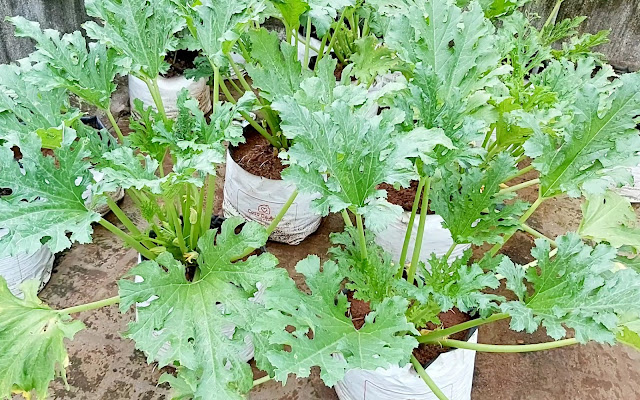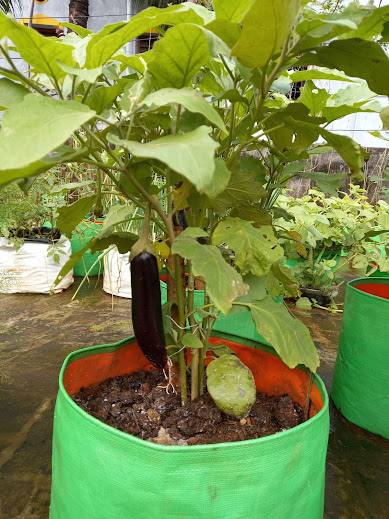How to Trim and Fertilize Coconut Tree with Sea Salt

First we need to trim the coconut tree. We can use a garden pruner to remove the aged, broken , and damaged fronds of the coconut tree. We can also use a garden knife to trim the fronds of the coconut tree. Please note, Coconut trees has to be trimmed at least twice an year so that we have cleaner appearance, better clearance for the fronds to grow and healthier growth of the coconut tree. After pruning the coconut tree we are going to create a circular trench around the coconut tree. We need to broadcast 1.5 kg of common salt in the entirearea of the soil surface around the base of the coconut tree up to a distance of 6 feets from the base. Application of common salt is considered to be most effective and economical to increase copra weight and copra yield This application should be done at the pre-bearing stage that is one to four years of the coconut tree After applying the common salt we should mix it well with the soil...





